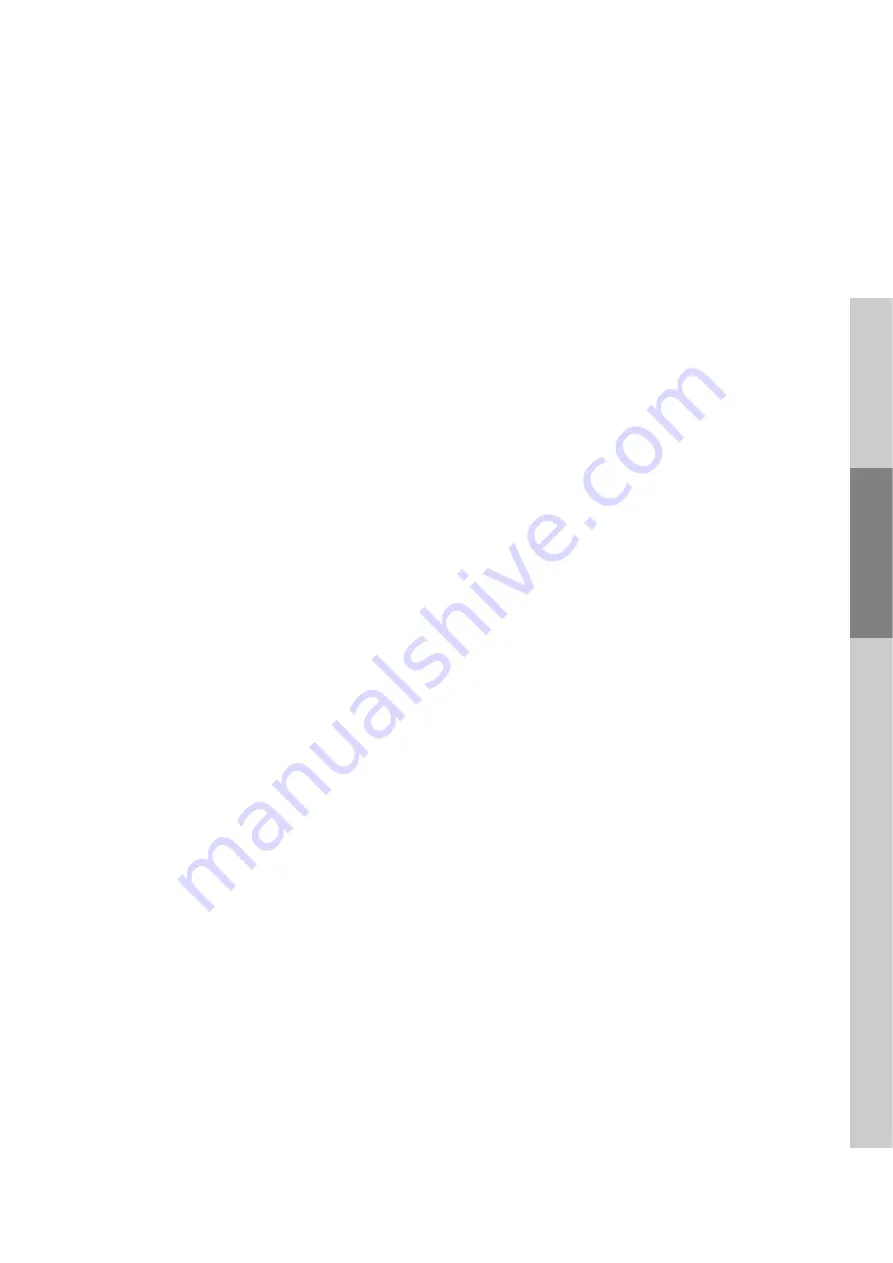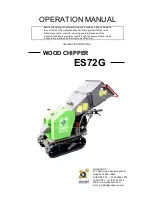
51
Refrigerants - general
Never forget that the refrigerant systems contain pressurised
liquids and steam.
All the necessary precautions must be taken when partially
opening the system.
The partial opening of the primary refrigeration circuit will result
in the discharge of a certain quantity of refrigerant into the
atmosphere.
It is essential to keep the quantity of lost refrigerant to a
minimum by pumping the refrigerant load to another part of the
system and isolating it there.
The refrigerant and the lubricating oil, and in particular the low-
temperature liquid refrigerant, may cause inflamed burn-type
injuries if they come into contact with the skin or eyes.
Always wear protective goggles, gloves etc. when opening
pipework or tanks that may contain liquid.
Excess refrigerant must be stored in suitable containers and
the quantity of refrigerant stored in technical locations must be
limited.
The refrigerant cylinders and tanks must be handled with care
and warning panels must be placed in prominent locations to
indicate the risk of poisoning, fire and explosion associated
with refrigerants.
On completion of their service life, refrigerants must be
recovered and recycled in accordance with the applicable
regulations.
Halocarbonated and hydrofluorocarbonated
refrigerants
Although they are not toxic, the vapours released by
halocarbonated and hydrofluorocarbonated refrigerants are
nevertheless dangerous since they are heavier than air and
may expel the air from technical locations.
In the event of the accidental release of refrigerant, use fans to
dispel the vapours. The level of exposure at the workplace must
be limited to the minimum practical value and may under no
circumstances exceed the acknowledged threshold of 1000
particles per million (ppm) for an 8-hour day and a 40-hour
week.
Although halocarbonated and hydrofluorocarbonated
refrigerants are not inflammable, unprotected flames (for
example: cigarettes) must be prohibited since temperatures
higher than 300°C result in the decomposition of the vapours
and the formation of phosgene, hydrogen fluoride, dihydrogen
chloride and other toxic compounds. These compounds can
have serious physiological consequences if absorbed
accidentally.
Warning
: Do not expose R32 vapours and zeotropic mixtures
of refrigerants containing R32 to unprotected flames
(cigarettes etc.). The refrigerants must be purged from any
pipework or tanks before any cutting or welding operations. Do
not use a pilot lamp to detect leaks of halocarbonated
refrigerants such as R32 and its derivatives.
NOTE
:
AQUACIAT are machines which operate with R410A; it is
essential for engineers to use equipment which is compatible
with R410A which has a working pressure approximately 1.5
times greater than machines operating with R22 or R407C.
Weekly inspections
With the unit functioning at full capacity, check the following
values:
- Suction pressure of LP compressor
- Discharge pressure of HP compressor
- The water inlet and outlet temperatures at the heat
exchangers
- The load level at the liquid sight glass and the state of the load
using the coloured indicator in the sight glass
- The oil level and its appearance. If the colour changes, check
the quality of the oil.
You should also check the functioning of the safety
devices.
Monthly inspections
Check all the values specified in the Operation statement table
on the next page.
Check for corrosion at all the metal parts (frame, casing,
exchangers, electrics boxes etc.).
Check that the insulating foam has not become detached or
torn.
Check for the presence of any impurity in the heat transfer
fluids which might result in wear or corrosion to the exchanger.
Check that the various circuits are watertight.
Check the functioning of the safety devices and the expansion
valve(s).
Annual inspections
Perform the same checks as listed for monthly inspections.
Perform an oil contamination test: if any acid, water or metallic
particles are present, replace the oil in the affected circuit and
the dryer. If it is necessary to change the oil, use only new oil
which is identical to the original oil and taken from a container
which has been kept hermetically sealed up to filling time. Use
ICI Emkarate RL 32 CF or Mobil EAL Arctic 22 CC oil if 3MAF
is not available for sizes 80 to 700.
Check for clogging of the dryer filter (by measuring the
temperature difference in the copper pipework at the dryer inlet
and outlet).
Check the connection and state of the electrical connections.
Check the motor isolation.
Check the state of the contacts and the current at full load at
the three phases.
Check that no water has penetrated the electrics box.
Clean the water filter and bleed the air from the circuit.
Clean the exchangers and check the loss of load at the
exchanger.
Check the operation of the water circulation controller.
Check the quality of the water or the state of the heat transfer
fluid.
Check the concentration of the antifreeze protection (MEG or
PEG).
NOTE: the frequency of cleaning is given as an indication only
and must be adapted to each installation.
Analysis of operating anomalies
Preliminary recommendations
Faults detected by the safety devices are not necessarily due
to a dramatic fluctuation in the monitored dimension.
The results of regular inspections should make it possible to
anticipate future activations.
Whenever you note that a dimension is diverging from its
normal value and gradually aproaching the safety threshold,
you must perform the checks listed in the table below.
Important
: Before anything else, remember that most of the
faults that may occur at units have simple and often identical
causes and these should be considered first.
In particular, these causes include:
●
Clogging of the exchangers
●
Problems in the fluid circuits
●
The failure of electrical components such as a relay winding
or electrical valve, etc.
Français
English
Deutsc
h
Español
Italiano
















































